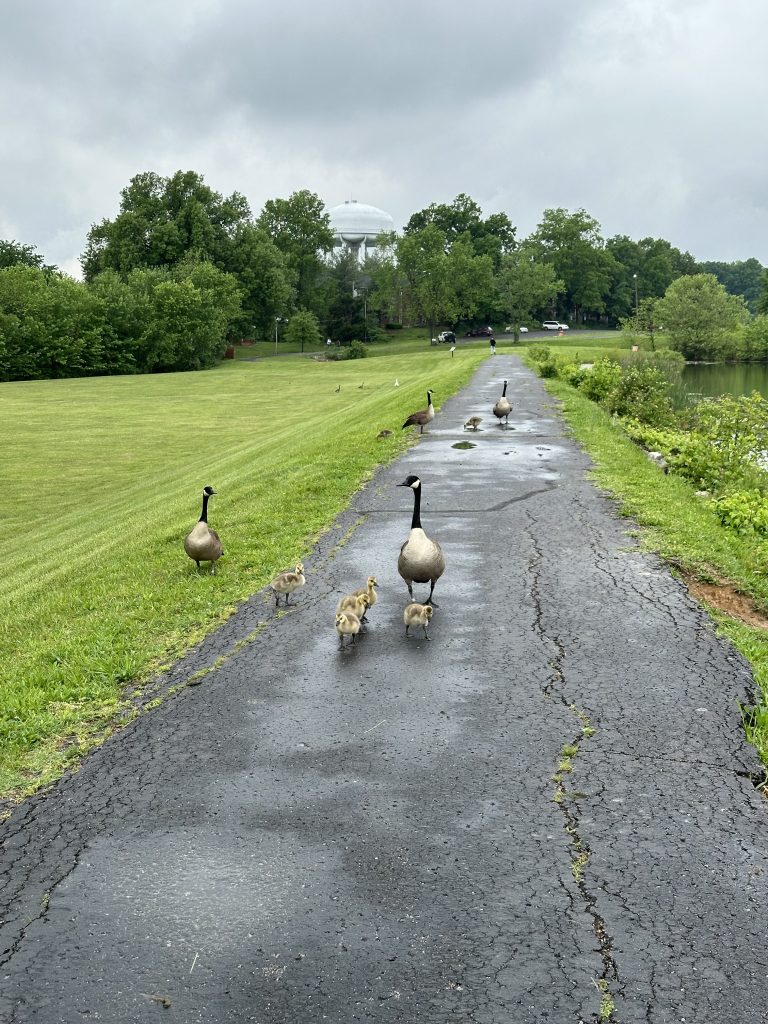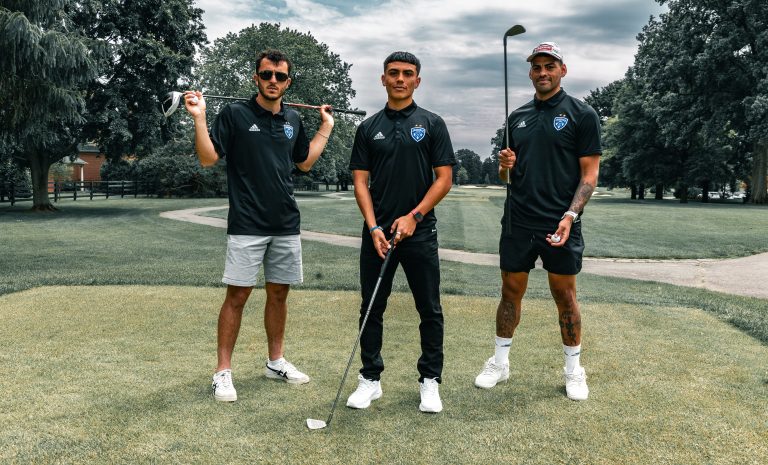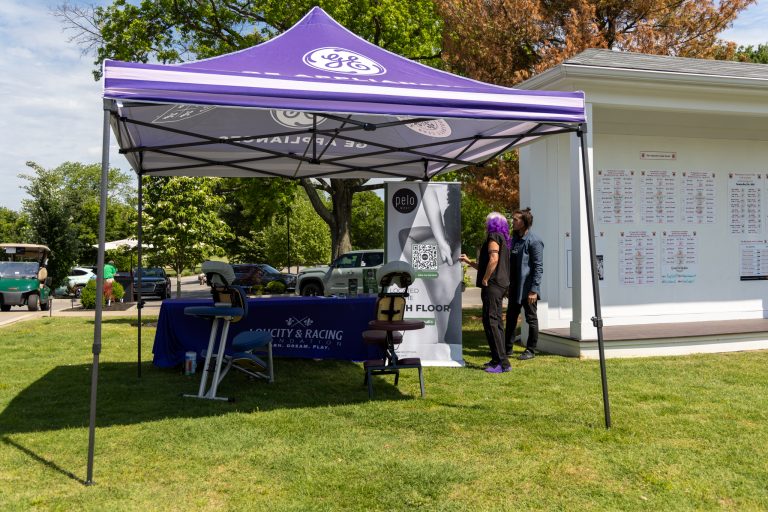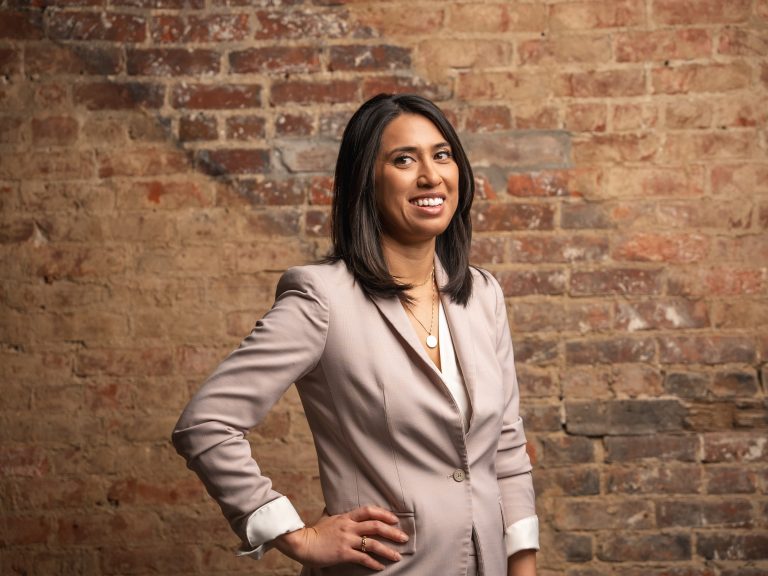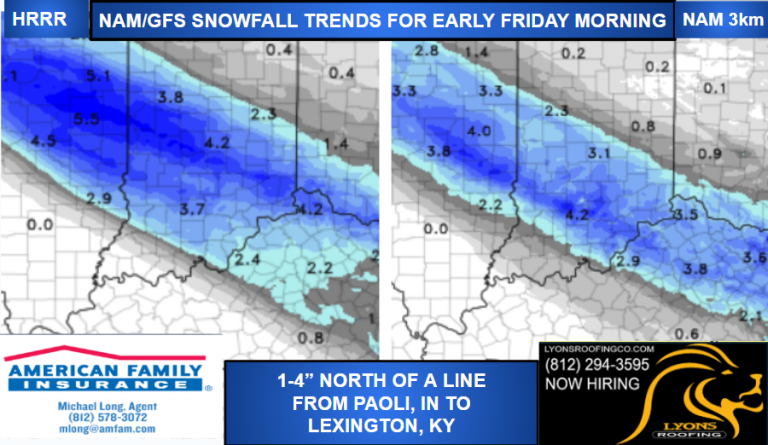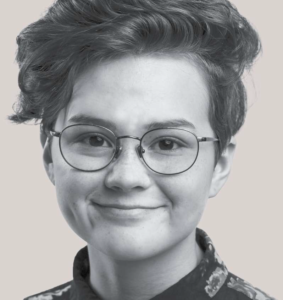
By Scotlyn McConnell
I want to let all of you in on the best kept educational secret in Southern Indiana: Community Montessori.
The non-traditional public charter school is currently nestled in a hideaway off St. Joseph Rd. in New Albany and the only real indication that the entrance is there is the beloved weeping willow and pond located at the entrance.
The building looks more like a ski resort than a school. But yet, the natural stone building holds around 600 students pre-K through 12 on any given school day. This, of course, does not include the Nurturey, the school’s daycare for 0 to 3-year-olds, which is located inside a house on the hill in front of the school. The school grounds also include a Creativity Cabin on the hill where ceramics and woodworking take place, a loopy parking lot, patio spaces off of each studio and a wooded area referred to as the “back four,” which is four acres of trees and trails.
The inner workings of the school are even more interesting than the outer. From how spaces are set up to the language used to describe them, there is no aspect of Montessori that can be compared to a traditional school. The school is made up of five different age levels. Each age level is mixed up and then put into a few classrooms. The easiest way to explain this clearly is with the high school program, referred to as the “Woods.”
There are four Woods studios (classrooms) called Sycamore, Sequoia, Cypress and Oak. Each studio has a mix of students 15 to 18 years old, freshman to senior, all collaborating in the same space. It’s the same with the Shapes (3- to 6-year-olds), Biomes (6- to 9-year-olds), Gemstones (9- to 12-year-olds) and the Islands (12- to 14-year-olds).
The Montessori schedule is perhaps the most confusing thing about the school. In the high school program, the average student will have a math class every other morning and a humanities class, which is a mix of English and history. In the afternoons on Tuesdays and Thursdays, students have two seminars that they choose at the beginning of the year. On Wednesdays, they have an expression, which is a class that is supposed to be something you’re more interested in. On Mondays, they have a free work cycle in the afternoon, and Fridays are free work cycle days.
One more thing that’s a little bit different in our high school program is that it’s required that we have an internship every semester from the time we turn 16. Every Friday once you’re 16, instead of going to school, we go to our internship sites. For example, every Friday this past semester, I interned with Angie Fenton, Extol’s editor.
I’d like to take a jump back and take a moment to talk about our elementary levels. The Shapes, Biomes and Gemstones are where Montessori philosophy truly shines. The school’s namesake, Maria Montessori, dedicated herself to these age levels as they are the most formative years. While living her life in Italy she constantly saw the wasted potential of children in the slums, so she made the first Montessori school and named it Casa dei Bambini Montessori or Montessori House of Children.
Basic Montessori philosophy is to meet children where they are. Whether that’s emotionally or academically, the school doesn’t try to make learners go faster or farther because they’re a certain age or that’s what they’re “supposed” to be learning. The other factor is to help the children be independent and learn how to do things for themselves.
As with the older students, in these age levels there are no lesson plans. Instead, every student has an individualized work plan. This is one of the ways to meet the children where they are. While this may create a harder time for the teachers, it pays off in the end when the student is learning at their pace and is only learning what they are ready for. This also gives the opportunity for students to be able to do work that is above their age level if they are ready for it.

One of the fun things this age group gets to experience is what’s called “practical life.” During practical life, children learn how to wash dishes or chop food or tie knots or do other things they aren’t able to do at home. I remember very vividly a day when I was in Quatrefoil studio and we were doing practical life exercises. We were all given a piece of string and were learning how to tie bows. Then our teacher told us to try doing it on our shoes instead of with the string. That’s how I learned how to tie my shoes.
Unfortunately, Maria Montessori died before she could fully develop the teens program, but we follow the philosophy as best we can. Students are met where they are and have individualized work plans. With a lack of steady classes, most students take on a fair amount of independent credits. Students make these plans with one of the two advisors (teachers) in each class. Students are treated as equal to all the advisors. We call them by their first names and are encouraged to question advisors and to disagree when warranted.
Students are trusted to stay on top of their work, much like how college is. There’s no one standing over your shoulder telling you what to do. This is scary for a lot of parents, and a lot of kids aren’t able to work like that.
Before deciding on Montessori, it’s important to know that it is not for everyone. Not everyone can deal with having the freedom to do what they want all day. It takes a lot to make the decision to do math when you could watch Netflix instead.
I feel lucky that I can work in this environment. It took me a little time to get in the groove, but once I got there, it all fell into place. I was alway the “weird kid” at my traditional school, but at Montessori we’re all the weird kids. This school is a good fit for me because I used to always rely on other people to make sure I was doing well, but now I can rely on myself. I’ve become so much more responsible through this school. I’ve been forced to grow up, and I love it.
All in all, and I may have a bit of a bias here, Montessori is a great school. If you or your child don’t work well in traditional school environments, it may be a good alternative. Creativity is cultivated here, ideas are supported, people are made.
Extra Credit is a new feature focusing on education. If you have a story idea or are a student of any age interested in writing an opinion piece for Extol, please send an email to angie@extolmag.com.








